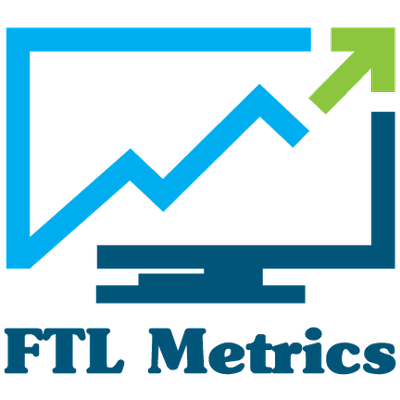This is a guest post from FTL Metrics about the performance gains they found by migrating their WordPress site to Strattic.
About FTL Metrics
FTL Metrics is an IT Consulting company that specializes in web application performance testing. We test web applications to determine performance and scalability. We also uncover bottlenecks that can be remediated to improve both.
The Problem
FTL had been using the same WordPress website for 5 years and it was time for a facelift. In addition, because of the nature of what we do, we wanted to make sure that the new site was both fast and scalable.
We hired a company to do the redesign and were provided with a site that looked much better than our previous one. However, while the site looked good – performance was abysmal!
We tried many things in an effort to get the page load time down (caching, image optimization, CDN, moving render-blocking CSS and JavaScript to the bottom of the page…etc.), and while performance greatly improved, the site was still not fast nor scalable.
– Michael Punsky
Performance Scores Before Strattic

With 50 users simultaneously on our site, pages were taking ~25 seconds to get delivered.
The Solution
We did a Google search to see what potential solutions existed for our WordPress performance and scalability issue. One interesting possibility was Strattic.
Strattic’s concept was remarkably simple: migrate your WordPress site to their platform and publish a static version of your WordPress site. While the concept was simple, it was clear that there were a number of complex issues that the platform would have to handle automatically. We were intrigued, and immediately signed up.
Because of the nature of a static site, we were confident that we would experience improvements in three areas:
- Security: By removing the database from the equation, over 99 percent of all exploitable vulnerabilities would be removed.
- Scalability: By removing all “processing”, we knew that we would be able to have a large number of users on our site without issue.
- Performance: Static sites do not need to build a page before sending it back to the browser. The page and its assets are already on the CDN and ready to load. Additionally, because your site is loaded to edge instances, performance would be the same from all geographies.
To say that we were pleasantly surprised is an understatement! When running the same test with 50 simultaneous users, our page response times were less than half a second! – That means the page response times were 50x faster on Strattic! And remember, this is with a poorly performing theme!
– Michael Punsky
Our next step was to test the scalability of the site. To do this, we ran a test with 7,000 simultaneous users and got the following results.
Performance Scores With Strattic

As you can see, with 7,000 simultaneous users, every page was returned in under a half second, and all but one page returned a lot faster than that! It seems like the site gets faster with higher load!
In Conclusion
FTL Metrics’ site has been hosted by Strattic for many months now. We never have downtime and never have to worry about our site in any way. We are prepared for any possible amount of traffic and are sure that our site will always perform quickly and securely under all conditions. We are now extremely happy customers.
Since these comparison tests were run, we have done further testing with even higher numbers of concurrent virtual users. We have not had a single bad result, nor have we found an upper limit.
We have also noticed an uptick in conversions since moving to Strattic. We feel this is due to an improved customer experience. Even a small change in performance can influence your conversion rate(either positively or negatively).
– Michael Punsky





